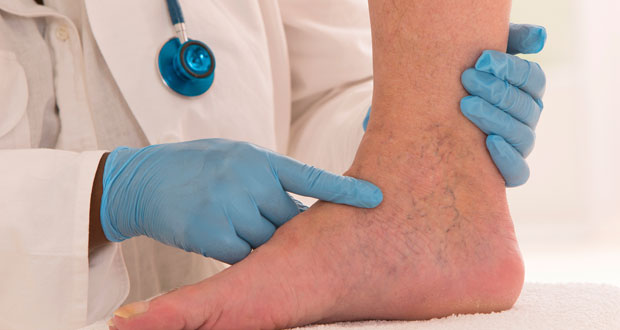With World Thrombosis Day falling this week (Thursday 13 October 2016), it's a time to learn more about this medical condition and determine who is most at risk and what can be done to prevent its onset.
According to Dr Huyen Tran, head of haemostasis and thrombosis at Alfred Hospital in Melbourne, around 5000 Australians die every year from preventable blood clots. Tran says thromboses are often preventable and can be an underlying cause of heart attacks, strokes and venous thromboembolism (VTE).
Aged Care Insite interfaced with Tran to find out more about the condition.
"Research suggests that VTEs are often preventable, and evidence-based prevention strategies can stop the development of clots in 'at-risk' individuals," Tran said, before outlining...
Three major ways to prevent thrombosis:
- Always ask for a risk assessment: If you are admitted to a hospital and don't receive an assessment, be proactive. To identify whether a patient is 'at-risk', healthcare professionals should conduct a VTE risk assessment, which is tool or questionnaire that gathers information about a patient's age, medical history, medications and specific lifestyle factors. Information is then used to discern a patient’s potential risk (for example, high, moderate or low risk) for developing blood clots in the legs or lungs.
- Compression Stocking: Always wear compression stockings during a long hospital stay and when flying.
- Stay active: being active and moving around may help blood clots.
Tran went to outline 11 ways to know if you are at greater risk of thrombosis, which he has segmented into three broad groups:
Strong risk
- Being in the hospital for an extended period of time.
- Having surgery, especially hip, knee and cancer-related surgery.
- Not moving for long periods of time; for example, due to bedrest or long-haul travel.
Moderate risk
- Aged 60 and above.
- Personal or family history of blood clots.
- Having cancer and/or undergoing chemotherapy.
- Using estrogen-based medication; for example, oral contraceptives or hormone replacement therapy.
Other factors
- Obesity
- Pregnancy or recent birth
- Smoking
- Alcohol consumption
For more information on thrombosis and World Thrombosis Day, visit the cause's website.
Do you have an idea for a story?Email [email protected]
 Aged Care Insite Australia's number one aged care news source
Aged Care Insite Australia's number one aged care news source

